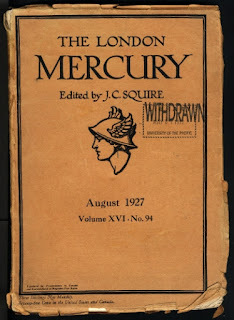Richard Wright’s “Bright and Morning Star”
was the subject of last month’s discussion. First published in 1939,
Wright’s story concerns a young African-American Communist Party organizer,
Johnny Boy, in the Deep South. Johnny’s brother Sug is in jail
because of his own party activities. Their mother Sue, is roughed
up by a sheriff’s contingent sent to her home to try to make her “name names”
of party members.
Sue is duped into giving names
of party activists to a white sympathizer, Booker. Johnny’s
girlfriend Reva makes her realize this mistake. Wright writes,
“Her having told the names of Johnny-Boy's comrades was but an incident in a
deeper horror.” Sue sets to intercepting Booker before he can tell
the authorities the time and location of a meeting. She takes a gun concealed
under a sheet. She crosses a creek and climbs a hill to find Johnny
Boy being tortured in order to make him talk. Booker comes
on the scene, and she shoots him dead. Pete, a member of the
sheriff’s posse, in turn kills her.
Wright presents us with a stark moral
dilemma for Sue. If she did nothing, the party meeting would have been
raided, and the participants put at the mercy of the corrupt local
authorities. As it turns out, her action resulted in multiple deaths,
including her own. Wright’s story raises troubling questions about the
use of violence for political ends. What does Wright mean when he
talks of a “deeper horror”? He writes it is “call and
counter-call, loyalty and counter-loyalty" struggling in her soul.












